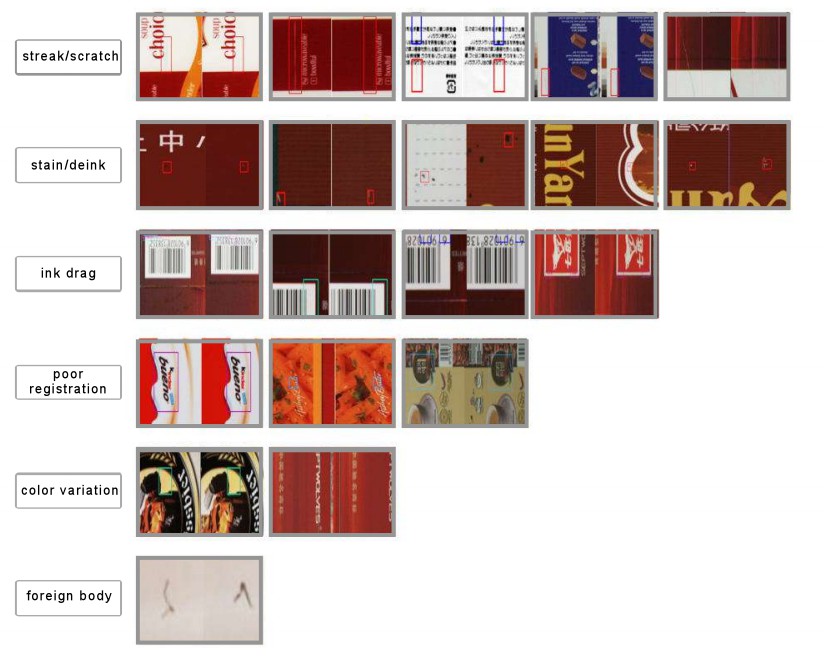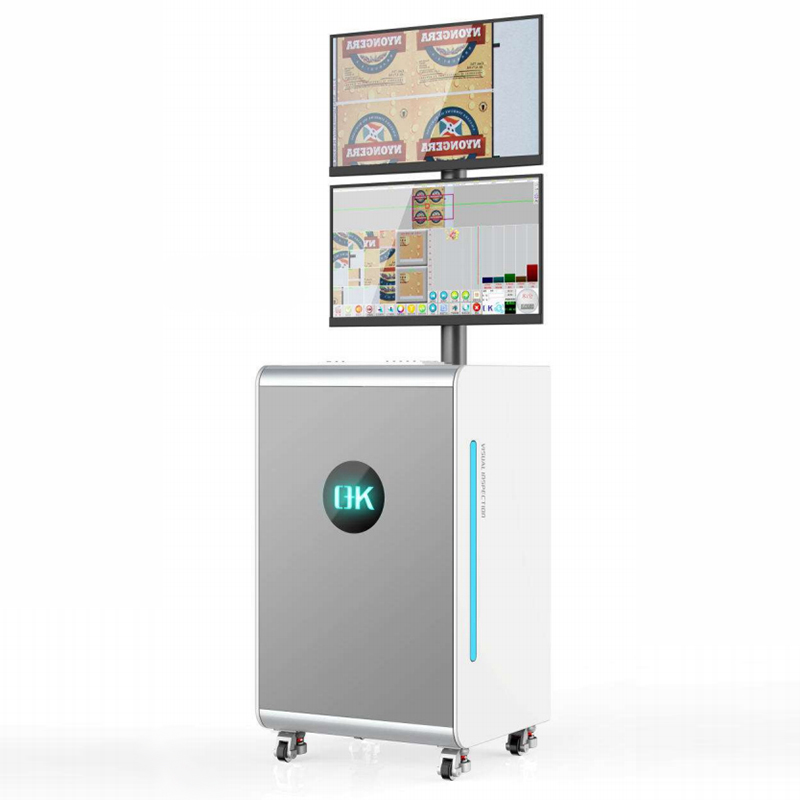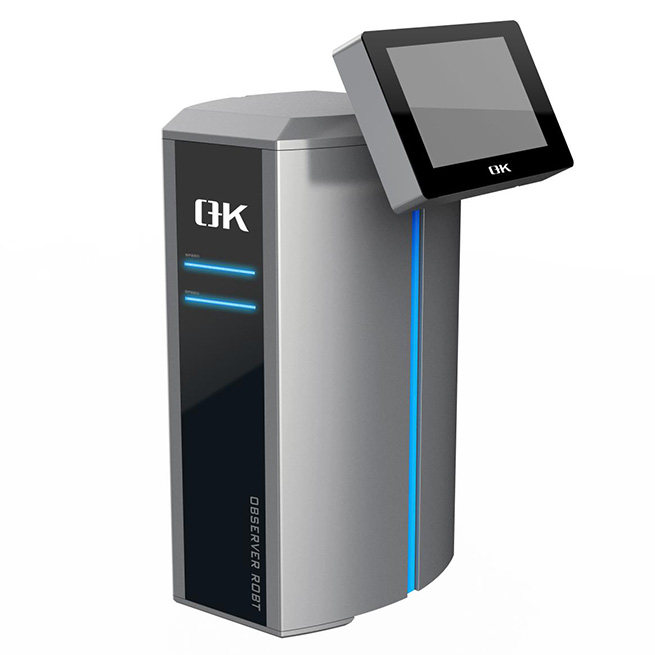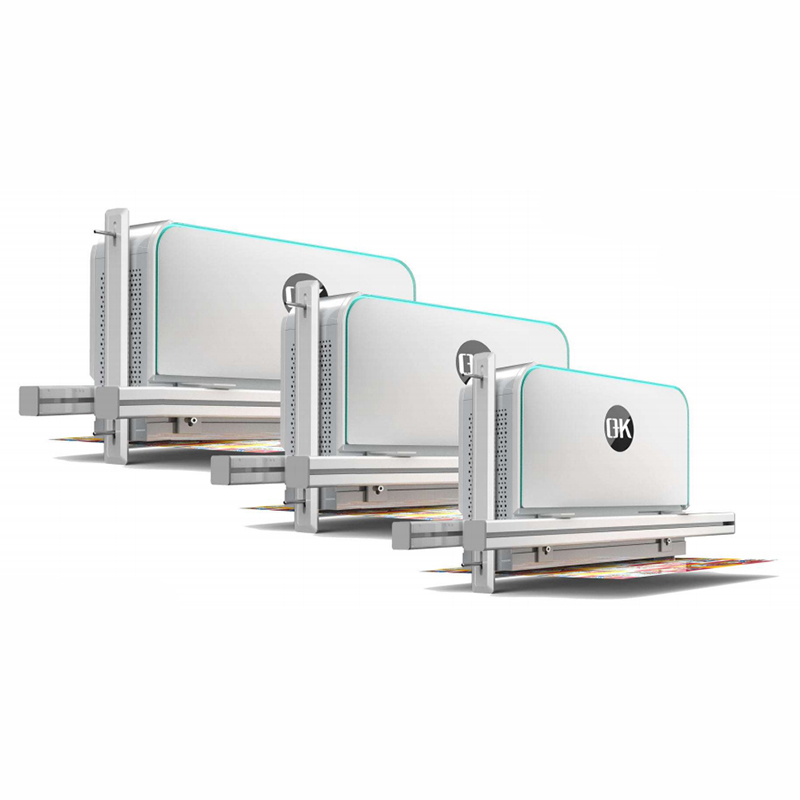How Do Deep Learning Techniques Revolutionize Printing Inspection Systems
Traditional print inspection methods frequently fall short of detecting minor flaws or adjusting to the intricacies of new printing processes. Enter deep learning techniques, a subset of artificial intelligence that has transformed printing inspection systems by providing unparalleled accuracy and efficiency. This article explores the key role of deep learning in transforming printing inspection systems and its implications for the industry.

The Evolution of the Printing Inspection System
Traditional Print Inspection
Print inspection has traditionally relied on manual visual inspection or simple machine vision systems, both of which have limitations in terms of dealing with differences in print quality and fault identification. These processes frequently fail to keep up with the speed and complexity of modern printing technology, resulting in higher production costs and quality control issues. As a result, there is an increasing demand for more advanced and automated inspection systems that can fulfill rigorous quality standards in the printing sector.

Understanding the Basics of Printing Inspection System
| Aspect | Description |
| Components | 1. Imaging System: Captures images of printed materials. 2. Processing Unit: Analyzes captured images using algorithms for defect detection. 3. Decision-Making System: Determines whether printed materials meet quality standards based on inspection results. |
| Types of Defects | Common defects include misprints, streaks, smudges, color variations, registration errors, and missing or misplaced elements. |
| Inspection Techniques | 1. Visual Inspection: Manual examination by human operators. 2. Machine Vision: Automated inspection using cameras and image processing algorithms. 3. Deep Learning: Utilizes neural networks to automatically learn and detect defects from images. |
| Image Acquisition | Images are captured using high-resolution cameras positioned at various points along the printing process, ensuring comprehensive coverage of printed materials. |
| Preprocessing | Preprocessing techniques such as image enhancement, noise reduction, and image segmentation are applied to improve the quality and suitability of images for analysis. |
| Feature Extraction | Relevant features such as edges, textures, and color attributes are extracted from preprocessed images to facilitate defect detection and classification. |
| Defect Detection | Defect detection algorithms analyze extracted features to identify anomalies or deviations from expected print quality, flagging defective prints for further inspection or rejection. |
| Decision Making | Based on inspection results, the decision-making system classifies prints as either acceptable or defective, triggering appropriate actions such as sorting, rework, or rejection. |
| Integration | Printing inspection systems can be integrated into existing printing equipment or production lines, enabling real-time monitoring and quality control during the printing process. |

Deep Learning Techniques in Printing Inspection System
Deep learning techniques, inspired by the structure and function of the human brain, have emerged as a game changer in printing inspection systems. Unlike traditional methods that rely on predefined rules or feature extraction, deep learning algorithms can automatically learn and adapt from enormous amounts of data, making them ideal for the extremely varied and complicated nature of print inspection tasks.

Key Techniques and Applications of Deep Learning Techniques in Printing Inspection System
Deep learning techniques have revolutionized printing inspection systems, enabling manufacturers to achieve unprecedented levels of accuracy and efficiency in quality control.
1. Convolutional Neural Networks (CNNs)
CNNs are the foundation of many printing inspection systems because of their ability to efficiently process and extract features from picture data. In print inspection, CNNs are trained on enormous datasets including images of both defect-free and defective prints. Once trained, these networks can accurately identify various defects such as misprints, streaks, smudges, or color variations by analyzing the pixel-level information in printed images. CNNs can be customized and fine-tuned to specific printing processes or defect types, making them highly adaptable and versatile.
2. Transfer Learning
Transfer learning is using pre-trained CNN models trained on huge datasets, such as ImageNet, and fine-tuning them to perform specific print inspection tasks. This method is especially beneficial when working with limited labeled data or switching between printing processes or materials. Print inspection systems can improve their performance by utilizing the knowledge gained from the pre-trained model with fewer training data and computational resources.
3. Generative Adversarial Networks (GANs)
GANs are a neural network design made up of two competing networks: a generator and a discriminator. In print inspection, GANs can be used for defect synthesis and augmentation, producing synthetic defect images to supplement the training dataset. GANs contribute to the robustness and generality of the print inspection model by generating a wide range of defect patterns. GANs can also be employed for anomaly detection by learning the distribution of defect-free prints and identifying deviations from this distribution.
4. Recurrent Neural Networks (RNNs) and Long Short-Term Memory (LSTM) Networks
RNNs and LSTM networks are well-suited for processing sequential data and are commonly used in print inspection systems for analyzing time-series information. In continuous printing processes, RNNs and LSTMs can detect defects such as variations in ink density or registration errors by analyzing the temporal patterns in printed output. By considering the context and sequence of data, these networks can improve the accuracy of defect detection and reduce false alarms.
5. Edge Computing
Edge computing entails implementing lightweight deep learning models directly on printing equipment or at network edges to enable real-time inference and decentralized decision-making. Edge computing minimizes latency and bandwidth needs by executing inference locally, resulting in faster reaction times and more scalability. Edge computing is especially useful for printing inspection systems in contexts requiring real-time monitoring and control, such as high-speed manufacturing lines.
Benefits of Deep Learning Techniques in Printing Inspection System
| Benefits | Description |
| Enhanced Accuracy | Deep learning techniques enable printing inspection systems to detect defects with higher accuracy compared to traditional methods, minimizing false positives and false negatives. |
| Improved Efficiency | Automated inspection reduces the need for manual intervention, speeding up the production process and reducing labor costs. |
| Adaptability | Deep learning models can adapt to new printing conditions or defect types with minimal retraining, providing greater flexibility in dynamic production environments. |
| Predictive Maintenance | By analyzing historical data, print inspection systems can predict equipment failures or degradation, enabling proactive maintenance and minimizing downtime. |

Conclusion
Deep learning techniques have revolutionized printing inspection systems, providing unprecedented accuracy, efficiency, and adaptability. By leveraging artificial intelligence, print producers can ensure that every print meets the highest quality requirements, increasing customer happiness and brand reputation. As technology continues to evolve, the integration of deep learning will undoubtedly play a pivotal role in shaping the future of the printing industry.

